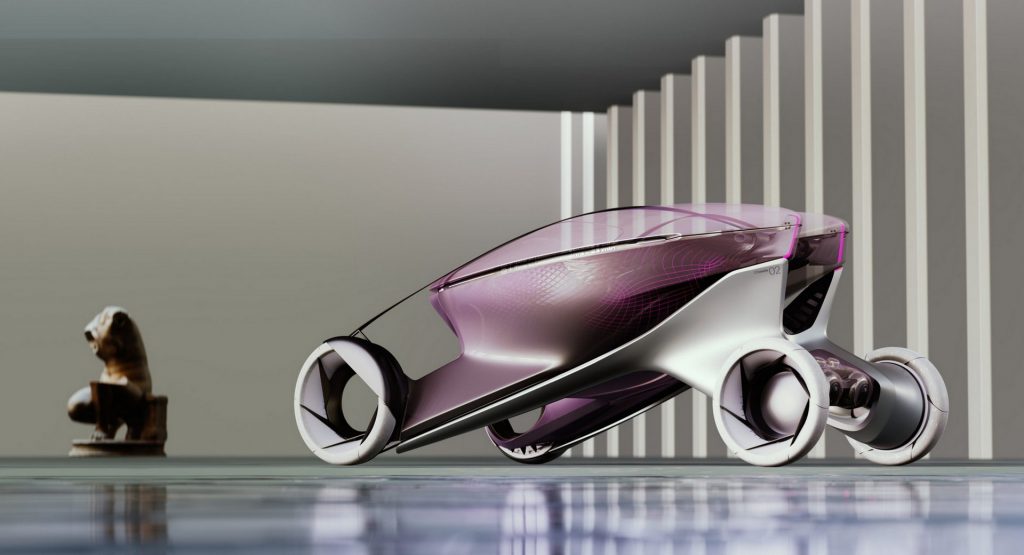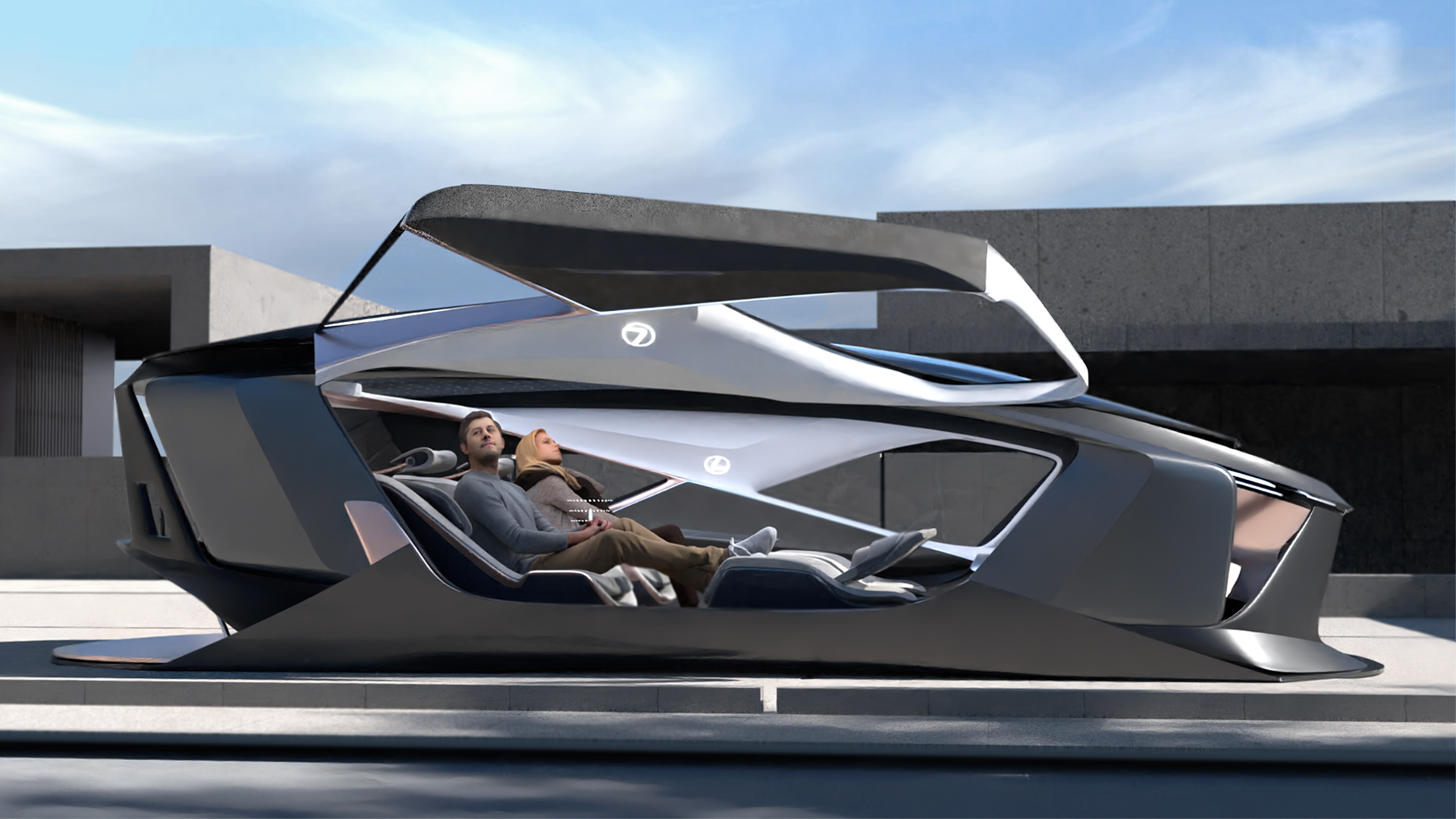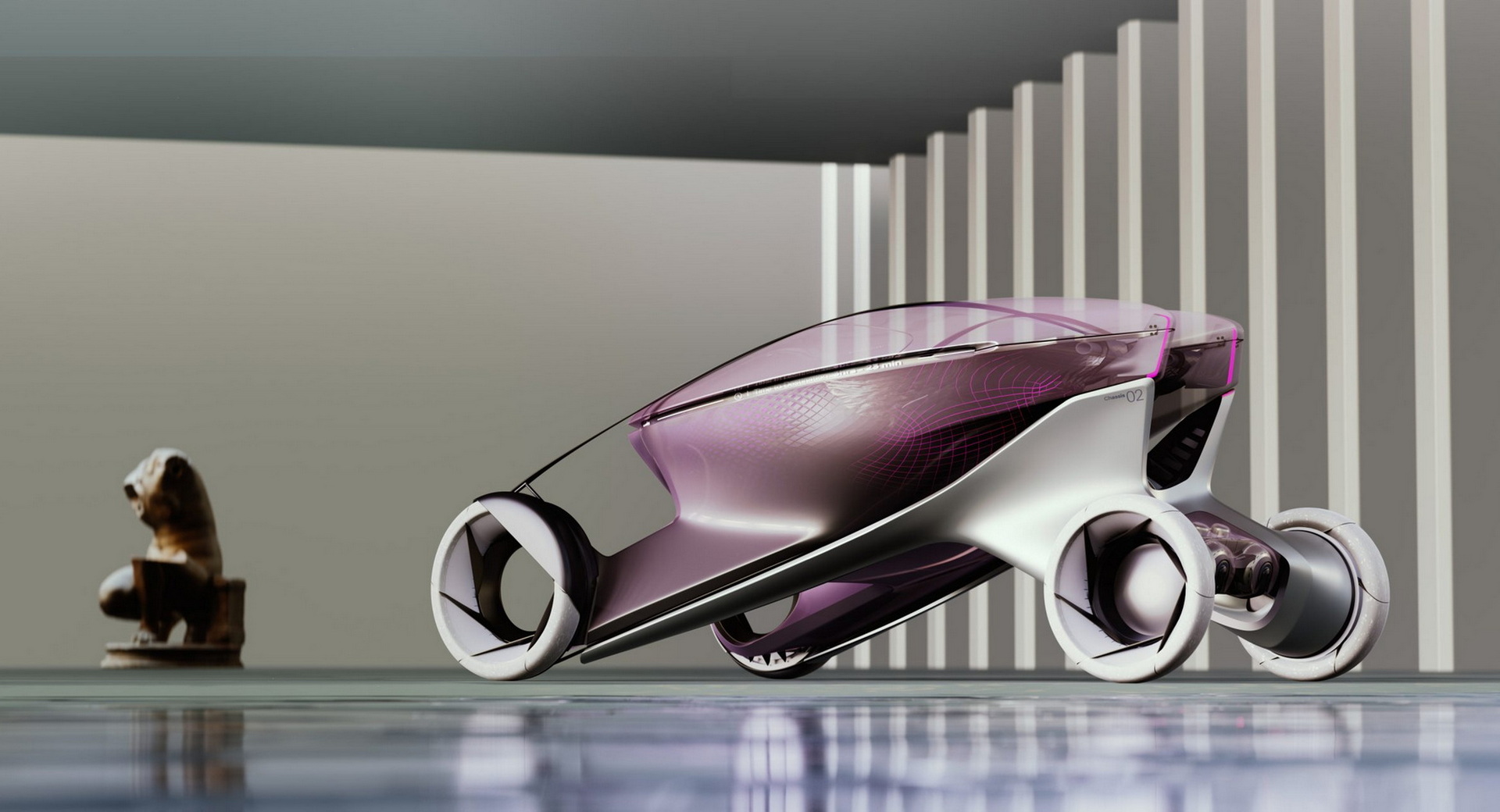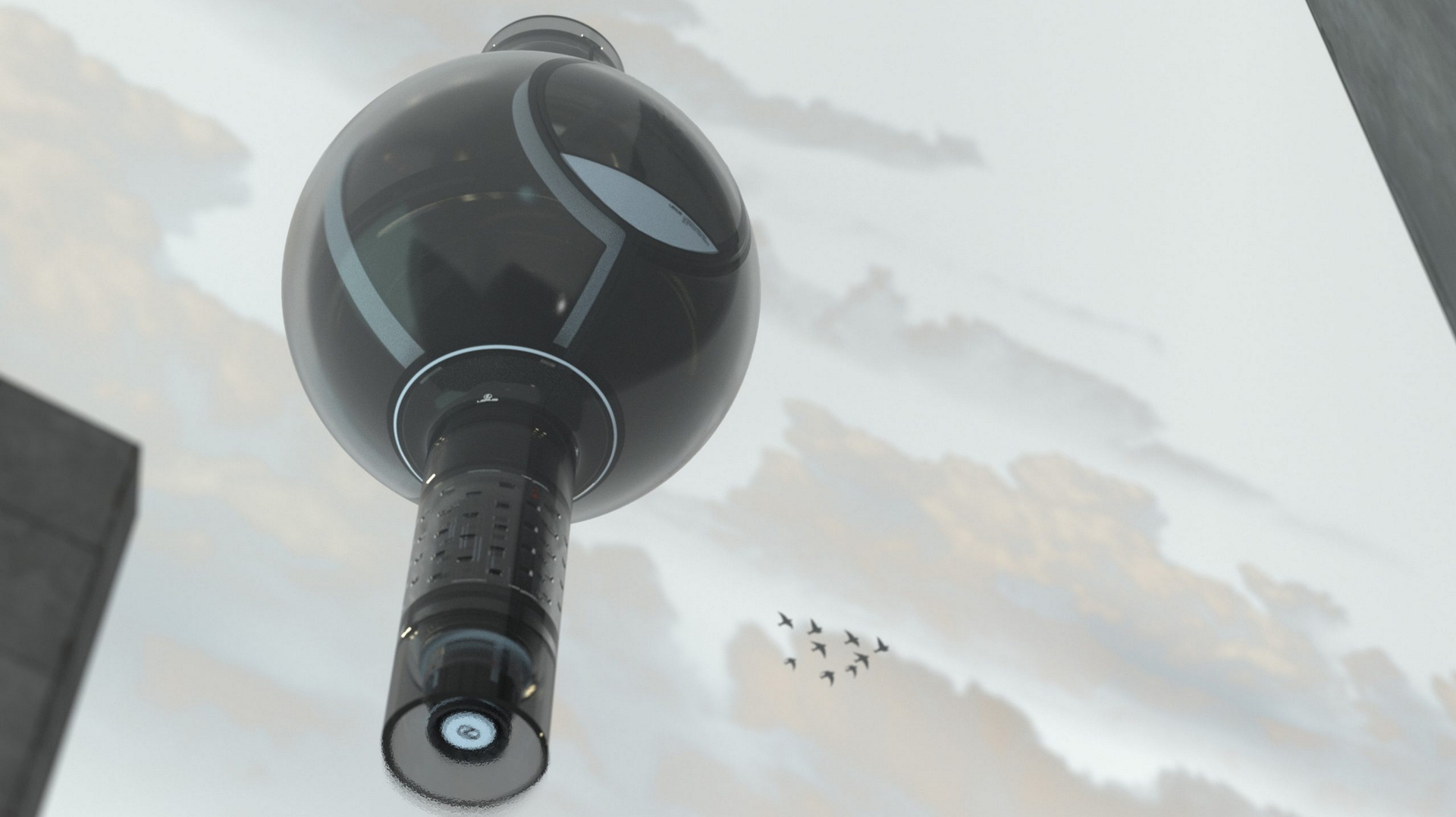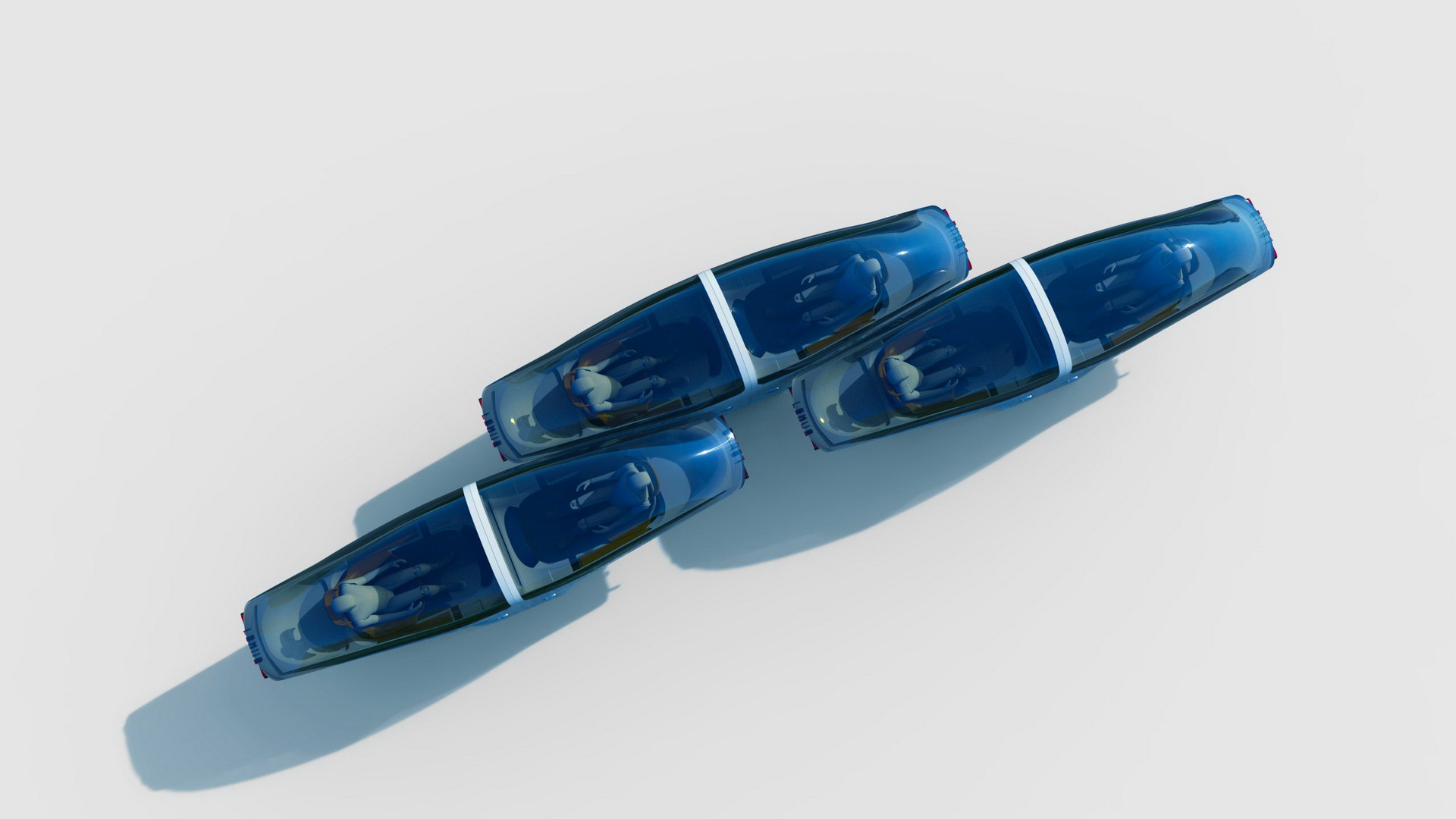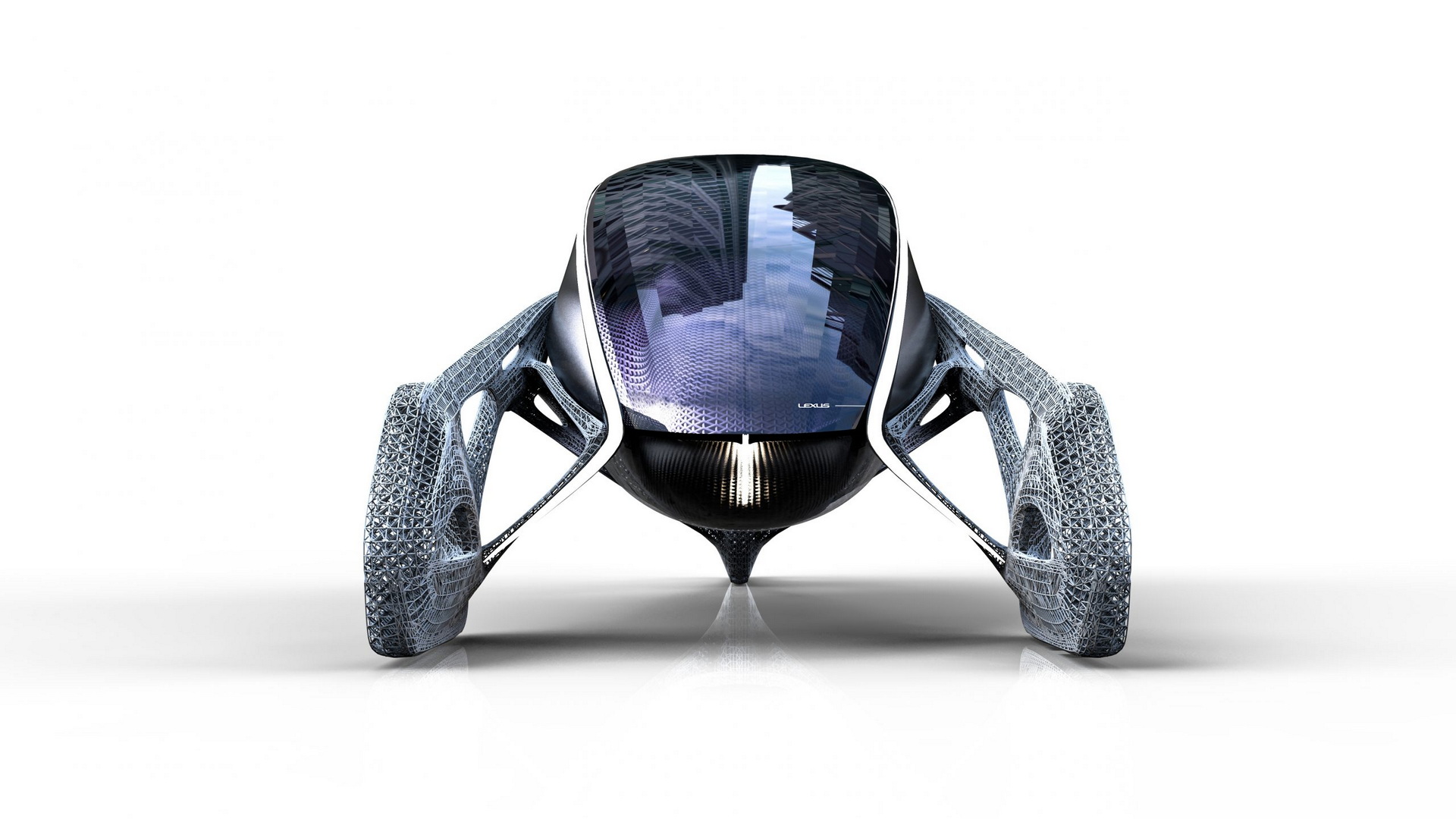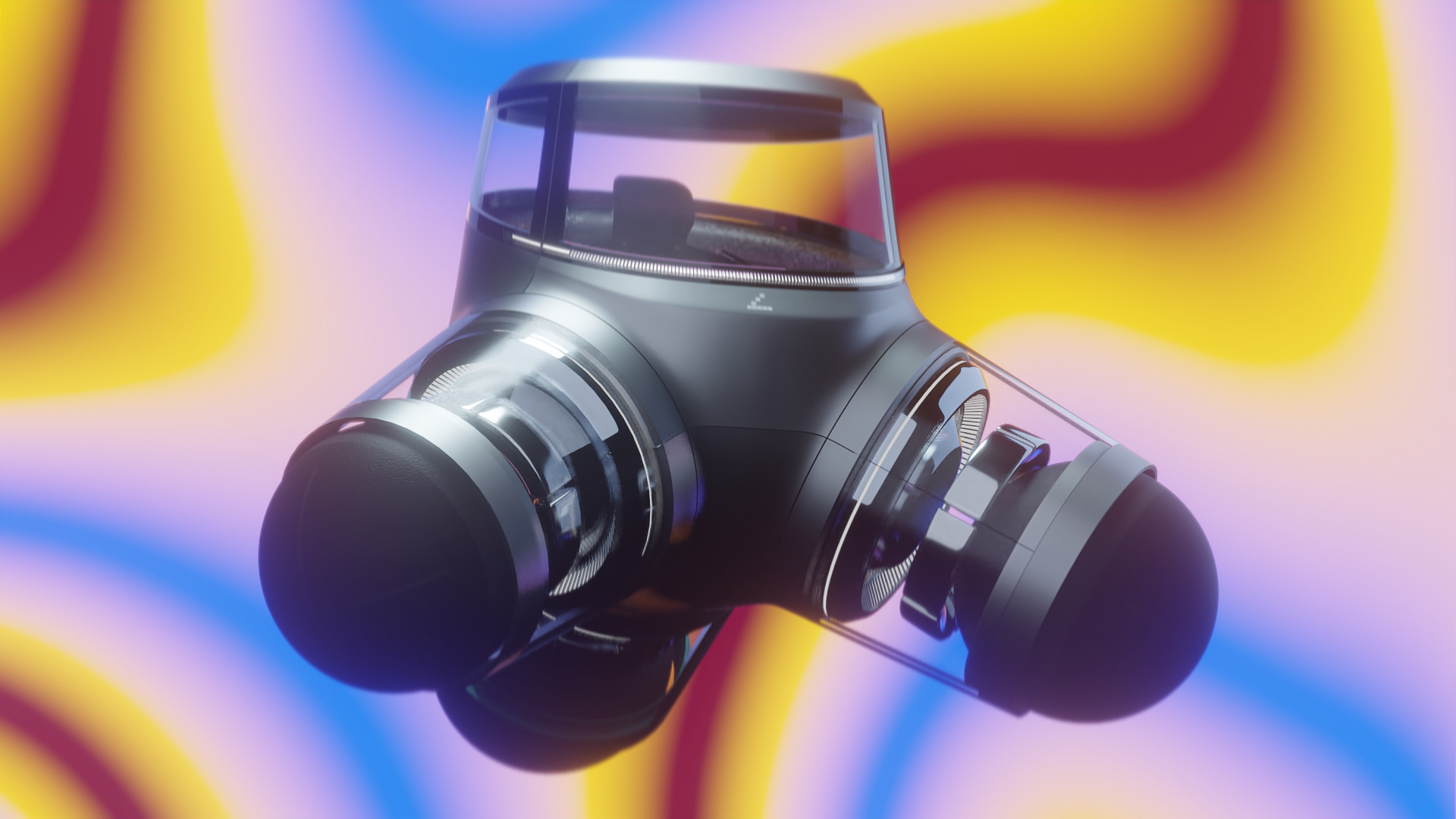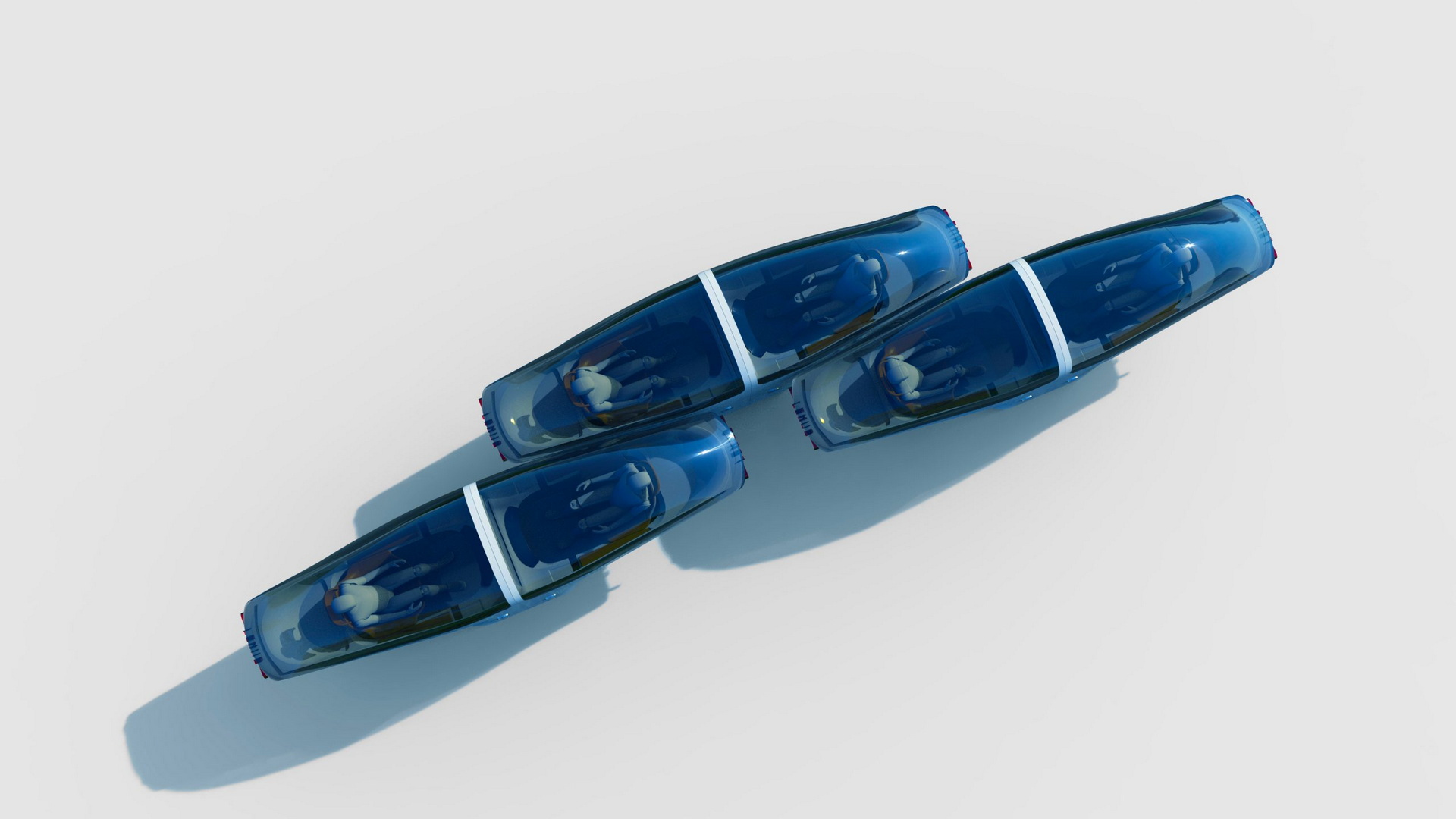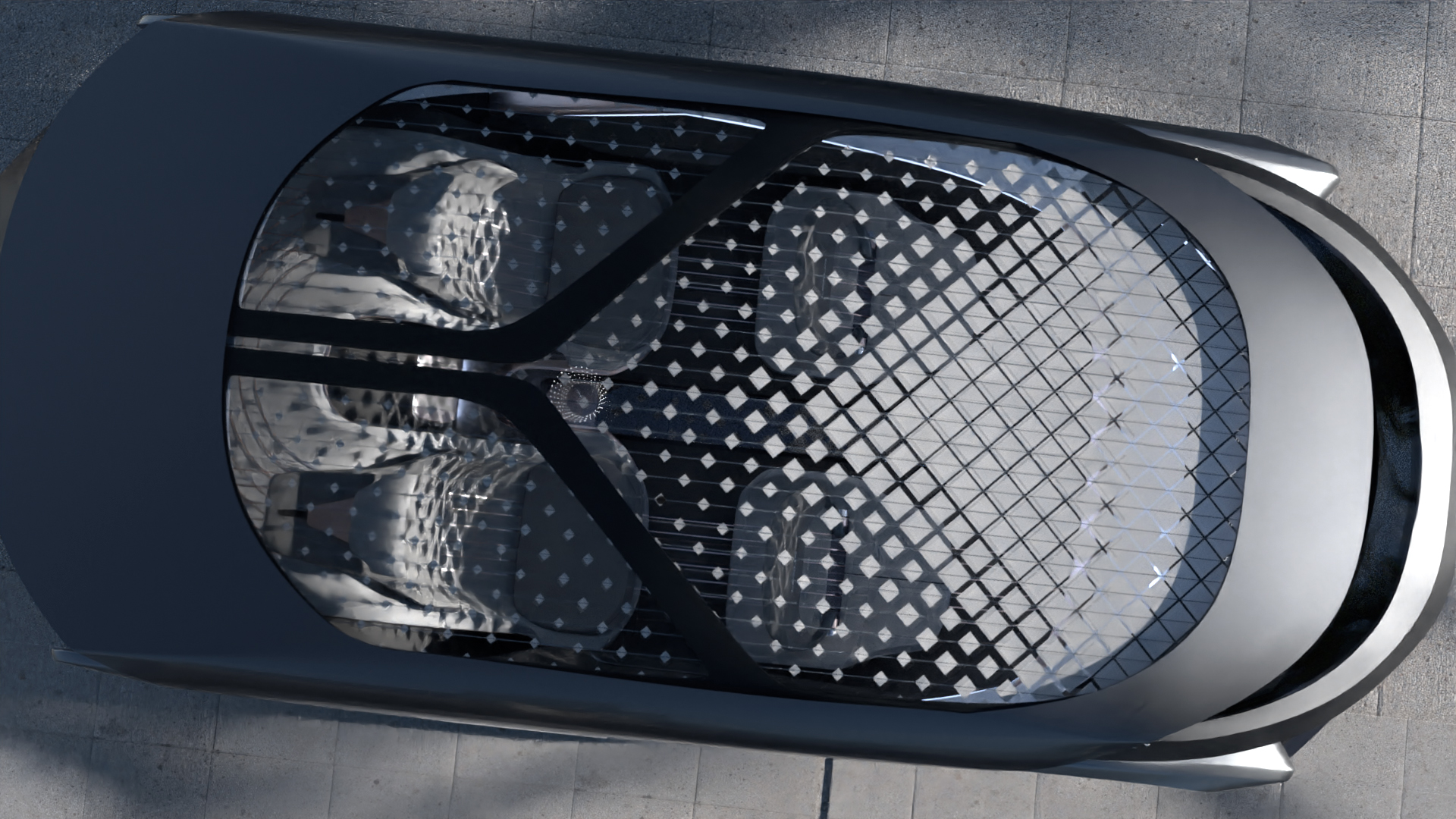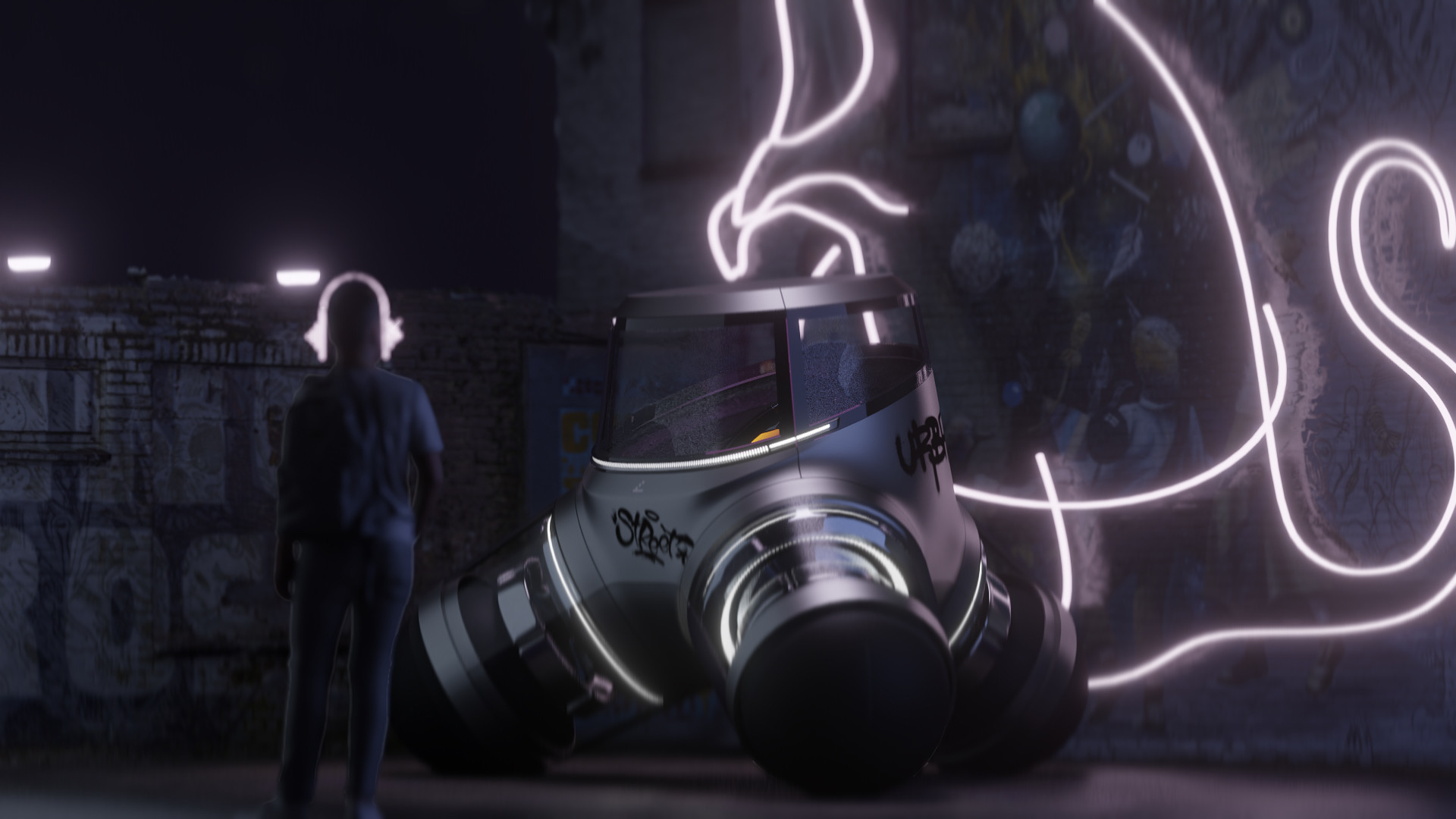Lexus has selected the six finalists in its design competition for post-graduate students at the Royal College of Art in the U.K. The challenge tasked the students with imagining what luxury mobility will look like in the year 2040.
The shortlisted projects run the gamut from the artistic, to the futuristic, to the efficient. Intended to explore ways to meet the challenges of European city life, the students were also tasked with reimagining the role of the Lexus brand in the world of new mobility.
“We were very impressed by the breadth of creativity and innovation shown by all the designers,” said Ian Cartabiano, president of Toyota’s European advanced design studio, ED2. “They demonstrated skill and imagination in bringing together their ideas for future mobility and vision of how the concept of Lexus premium quality might evolve.”
Read Also: Hispano Suiza Shows Off A Series Of Concepts Designed By IED Students
The 2040 Lexus Vision In-season, by Bangning An, takes the Japanese concept of “Ichi-Go, Ichi-E,” which is about paying attention to everyday moments, and applies it to a vehicle. That means the car’s roof changes to control the intensity of daylight coming into the cabin and the color scheme changes with the seasons.
The Crucible, by Benjamin Miller, is a hydrogen-powered vehicle whose cabin allows different drivers to share mobility, while maintaining a private space. Moreover, the interior can adapt to different needs, allowing drivers to have a differently organized vehicle for weekends and weekdays.
As for the ALTO, by Richard Newman, it’s a vertical take-off and landing (VTOL) vehicle that is described as jewelry in the sky – like “a cloud’s earring.” It is a cross between a plant terrarium and a hot air balloon and can dock with buildings to allow passengers on and off closer to their desks. It can be personalized, like a ring, to feature different stones and seeks to define luxury beyond the experience of overwhelming technology.
The Lexus UrbanSwarm, by Maxime Gauthier, is a modular, seamless way to travel that combines the convenience of micromobility with the efficiency of mass transit. The pods tesselate together to create a mosaic train out of pods.
Lexus NEKO, by Jan Niehues, is another micromobility concept that delivers luxury-on-demand. A fully electric vehicle with sensors and cameras, it can operate in two modes. The first is no different than a modern vehicle, while the second allows occupants to see scenery recorded on a previous journey for “an Instagram experience on a grand scale.” Using 4D technology, it is optimized for ergonomics and “Lexus branding opportunities.”
Finally, Lexus #Units, by Zhenyu Kong, is a luxury sharing space that, on arrival at a destination, can link virtually to other vehicles to be used as a projector device and turned into a virtual space for concerts and parties. It takes design inspiration from coastal barriers and is highly flexible to have a very narrow footprint on the road. The interior can be personalized using blockchain technology, allowing users to buy NFTs on the road.
Now that the shortlist has been chosen, the finalists will develop and refine their designs with help from the judges who selected them. They include Ian Cartabiano and Lance Scott, respectively President and General Design Manager at ED2, Lexus’ European design center, together with Professor Dale Harrow, Chair of the IMDC, and Dr. Chris Thorpe, the Intelligent Mobility Head of Program.
On March 15, their projects will be displayed publicly at the RCA’s Battersea campus in London where the winning projects will be announced.
“The staff and students from RCA Intelligent Mobility are delighted to have collaborated with Lexus on The Soul of Future Premium,” said Professor Dale Harrow. “The project has provided an exciting and challenging context in which to explore future mobility with a premium global brand.”




